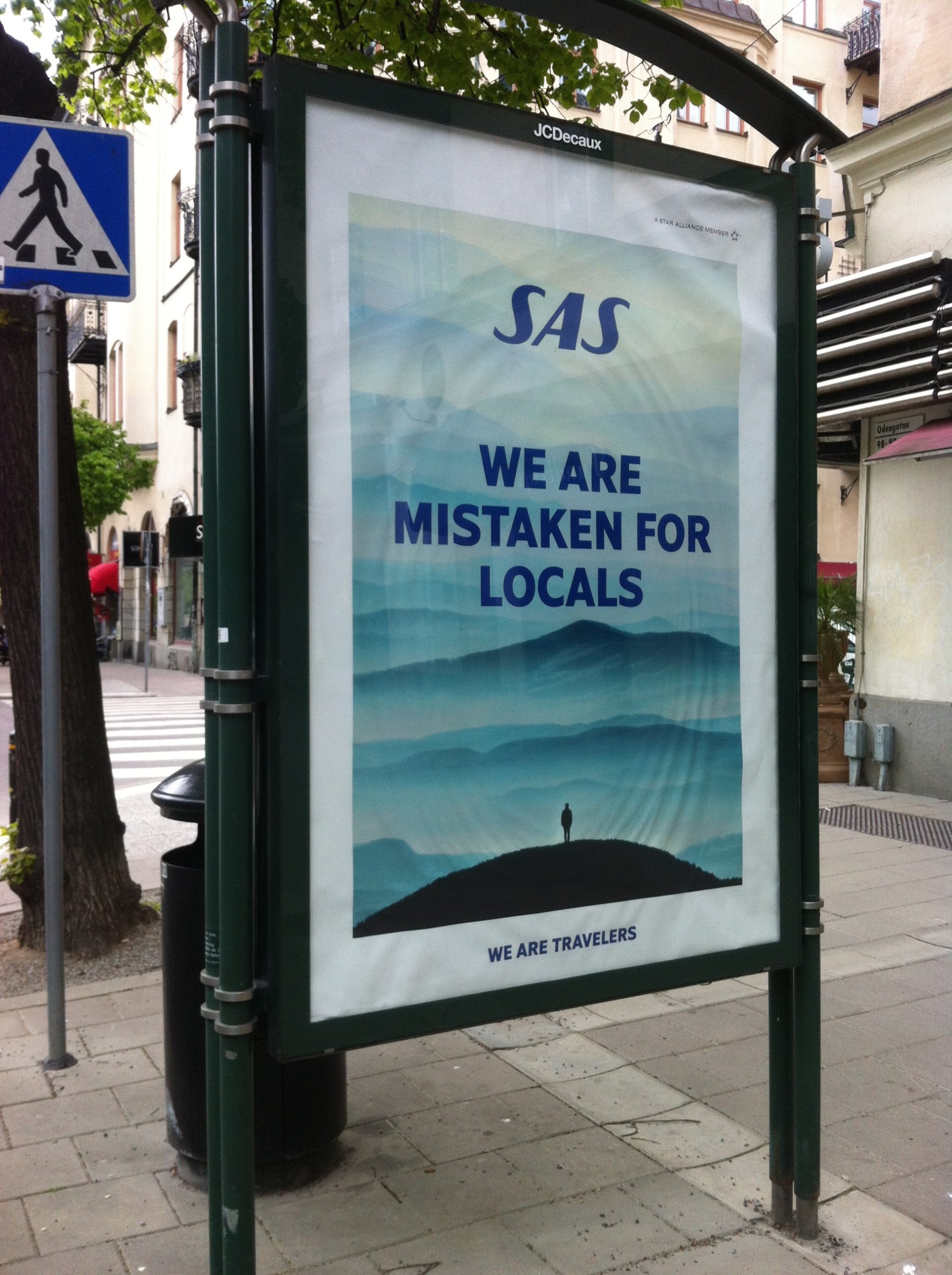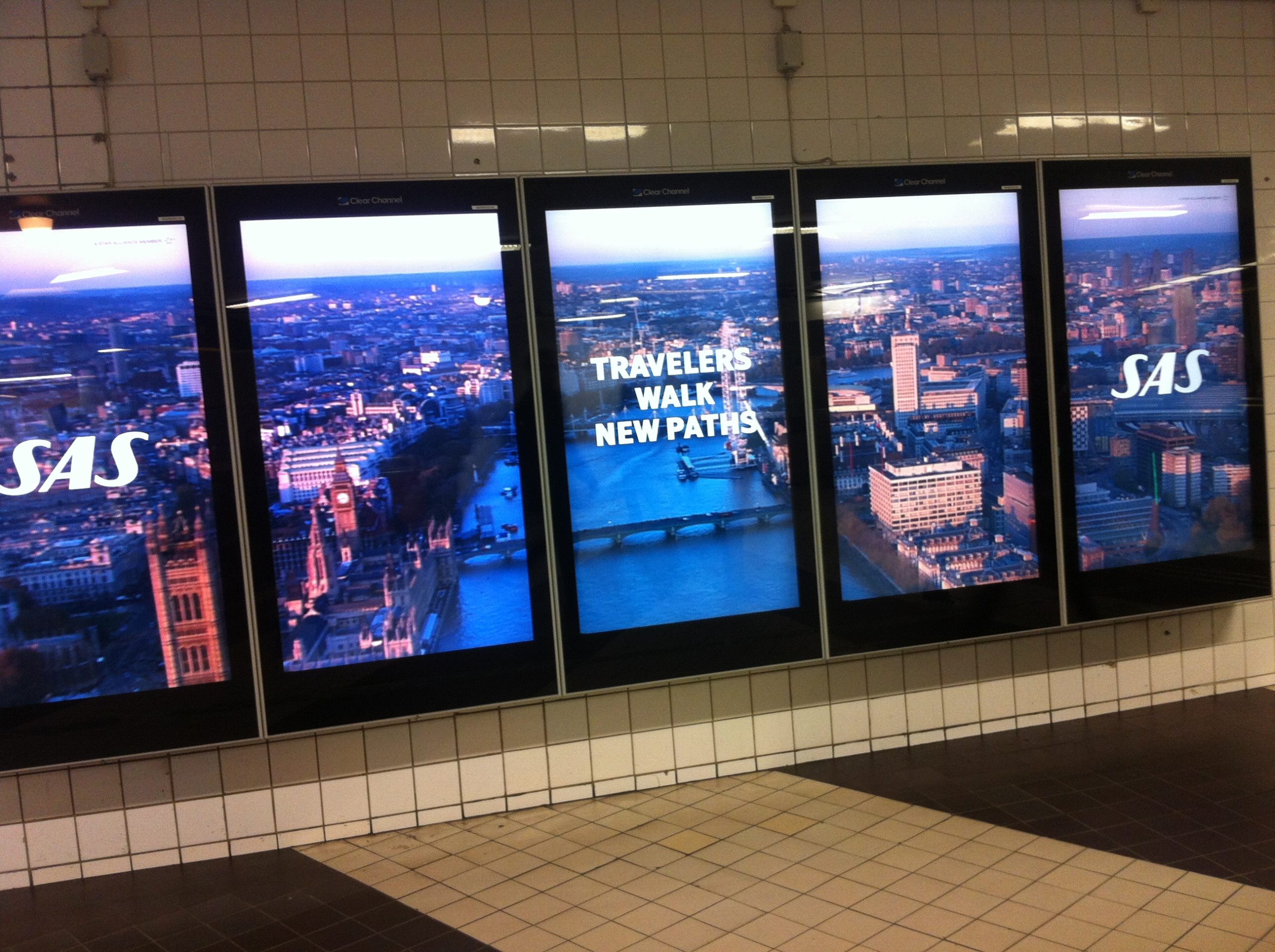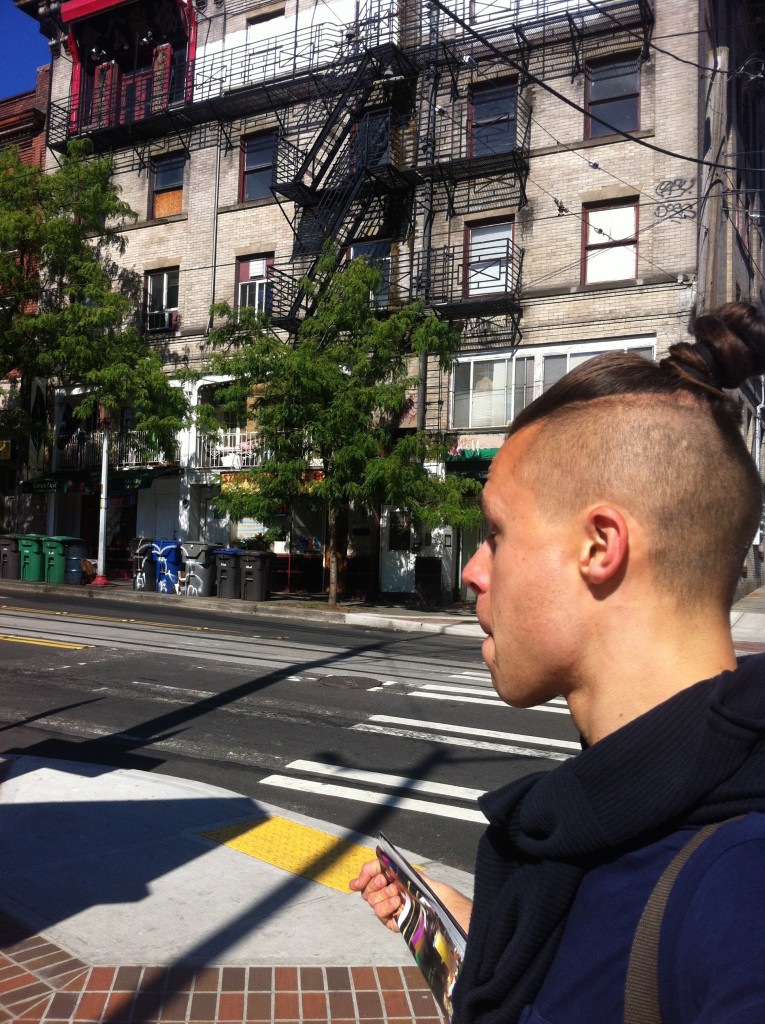32
Johan Gärdebo, KTH Royal Institute of Technology, Sweden
In southern Stockholm, the old docks have been retrofitted into Hammarby Sjöstad. In the pursuit of sustainability, architects and engineers installed vacuum pipes for recycling and car pools for commuting. Living in this architectural role model for ecological urbanization, inhabitants of Hammarby Sjöstad identify themselves as being environmentally mindful (Bradley, Gunnarsson-Östling, & Isaksson, 2008).
Imagining sustainable cities evokes pictures of places like Hammarby Sjöstad. But moving to these cities, as I argue, requires that we discuss the city as a movement of promises, perils, and practices which I hope will result in more ‘sustainable’ urban identities. If you dream of sustainable cities without viewing the city in terms of power, you risks reenacting Voltaire’s play Candide in the role of Pangloss, a philosopher thinking the present society to be “all for the best”, except in your play you might hope to reduce the level of greenhouse gas emissions. Rather, as I will argue here, when we practice a new identity, such as the sustainable city, everything is and must be at stake, starting with the privileges of progressives wishing to live there. I engage with the concept of a sustainable city from the sweat and toil that keep places alive, which is its flow of people and produce. In ecology, ‘sustainability’ contain a set of assumptions of what demarcates a site. It is the social groups using a territorial ecology that define what constitutes needs, damages or support to the ecosystem and in short what makes it ‘sustainable’ (Warde, 2006).
Sustaining a city’s condition require identifying what are its surroundings, which consists of a flow of people and produce and, in extension, is the result of migration and markets. Identifying with these people and produce provokes the question: which are the social groups that we identify as part of the sustainable city? Assuming that most of us asking this question are architects, academics or artists, what do we believe to be the promises and perils of the city?
Promises
In the anonymity of the city’s streets, shadows bring the promise of new identities and the casting off of old ones. Rebecca Solnit wrote of Virginia Woolf, her Virgil companion in search for equitable gender roles, as a pedestrian who reveled in the uncertainty that city life brought to those dwelling therein (Solnit, 2014:89)
Antony Giddens formalized the city’s uncertainty as a theory on the possibilities of cosmopolitanism, a new urban culture and identity. Its counterpart is fundamentalism, a popular response of repression and terrorism to be found in any society and with hostility against globalization as denominator (Giddens, 2002). Walking the streets together, then, is to practice the cosmopolitan virtue of tolerance. The inhabitants co-exist in its public spaces, rallying behind their mutual differences, forming a republican army whose social engagement leads to urban social sustainability.
Perils
Cosmopolitanism as a practice tolerates people of many stripes in order to produce and identify with areas like Hammarby Sjöstad. Still, the architects, academics and artists dwelling there have more in common with their equivalents in London, half a continent from Stockholm, but with the social workers and migrant inhabitants of Husby, some metro stops away in Stockholm, there exist a world apart. Though part of the same country, inhabitants of the same city still form part of different imaginations and identities of ecosystems.
Benedict Anderson understands fundamentalism as a reaction by an imagined community to challenges posed by other entities of identity-making. Nationalism is in this sense not opposed to globalization but rising out of the proliferation of European technologies and transportation systems worldwide. These allowed Europeanized cities overseas, like the colonies, to imagine having more in common with their fellow neighbours locally than with the dynastic empires ruling them from across the Atlantic (Anderson, 1991). The nation was a plausible imagination until globalization further connected the world with fossil-driven travelling and transport, at which point the flow of people and produce also turned global. This is a fairly recent phenomenon, mostly driven from and towards city-centers. Commercial aviation arose as the urban citizens modus operandi in the 1950s and made cosmopolitanism into a more sensible imagined community for the white-collar populaces travelling between the urban centers.

Practice
I enter the discussion about the sustainable city through assumptions about what are the perquisites for a city. A city consists of flows of people and produce. For people to dwell they must be able to move in relation to their labour. The common day examples of this are migration and trade between markets.
One peril to dwelling in cities is to think of them as states in themselves. Even the city-as-state depends on its surroundings, ecosystems of people, practices and produce the city ultimately depends upon.
Saskia Sassen have argued that cities, and indeed their surrounding regions, must be understood in relation to migration patterns that historically follows in the footsteps of economic practices. Areas between France, Germany and Belgium were used for transhumance husbandry, herds and herders following the ecosystems and their cycles seamlessly between what later in 19th century became increasingly territorially fixed – borders and imaginations of nation-states.
We are not to be surprised then that migrants come through the same ports as the goods that are produced in these peoples’ home regions. Why these people are increasingly considered as refugees rather than laborers, i.e. the need rather than the want to migrate, is influenced by the dismantling of the nation-state’s institutions, the national company, the unions, the political parties. In their wake followed deindustrialization, unemployment and loss of welfare politics (Sassen, 2000:198). While the produce moves from the external to the internal ecology of the city, the people following in their wake are treated as alien to the ecosystem.
Identity
Sustainable urbanization is not about place but of movement, a flow of people and produce and whether or not the population of a city can identify with these practices. At the moment, the populace of this future sustainable city is us; the architects, the academics, the artists. Our imagined community is powered by the jet motor and commercial aviation, through which we share culture, labor and products. We are travellers – we are the cosmopolitans.
But cosmopolitan communities are currently only extended to some areas of the city, the remaining populace must do with other communities, like the nation-state. When these fail they risk transforming into fundamentalism, and while cosmopolitans welcome the produce of globalization as part of its ecology, I question if they identify the flow of migrant people that also constitutes globalization. Playing the role of Pangloss, the cosmopolitan considers the migrant’s labor as superfluous, and migrant culture appear anti-ecological to the make up of the Panglossian territorial ecology where things already are as they should be.

For this purpose we, the self-styled cosmopolitans, have the means of exploring an identity where we ourselves do not move but embrace movement. Aviation bolstered the urban groups and communities by spreading their work transnationally, setting the standard for subsequent city-builders, theoreticians and curators on how to make a living. As much as these groups vouch for the logic of ‘publish or perish’ and ‘fly or die’, they will not have to enter a city through the same cargo containers as food from their home country. If we fly because of our wants, not our needs, then we will have difficulties understanding the movements of people and produce entering our sustainable cities and risk also like Icarus to keep rising in the sky and our fall will be all the steeper for it.
I do not argue that personal flight patterns will change output of greenhouse gases, and neither is this part of the argument made here (cf. Broome, 2012). But by making shifts in our own movement, we stand a fairer chance of imagining our identity with people and produce that move by other means and that have always been the sustenance that sustain cities. Moving to the sustainable city increasingly relies on us identifying with these movements of people, practices and produce. Indeed it is the only thing at the moment that makes the dream of a city sustainable.
References
Anderson, Benedict. Imagined Communities. Reflections on the Origin and Spread of Nationalism. Verso, London, 1991.
Bradley, K., Gunnarsson-Östling, U., & Isaksson, K. (2008). Exploring Environmental Justice in Sweden – How to Improve Planning For Environmental Sustainability and Social Equity in an “Eco-Friendly” Context. Projections. Justice, Equity + Sustainability, 8.
Broome, J. (2012). Climate matters: ethics in a warming world.
Giddens, A. (2002). Runaway World: How Globalization is Reshaping Our Lives. Profile Books.
Sassen, S. (2000). Guests and Aliens. New Press.
Solnit, R. (2014). Men Explain Things To Me. Haymarket Books.
Warde, P. (2006). Ecology, economy and state formation in early modern Germany. Cambridge University Press.
Author Biography
 Johan Gärdebo, KTH Royal Institute of Technology (Stockholm, Sweden) writes a dissertation on how Earth observation technologies, in particular European satellite remote sensing of the 1970-1990s, influenced perceptions of ecology.
Johan Gärdebo, KTH Royal Institute of Technology (Stockholm, Sweden) writes a dissertation on how Earth observation technologies, in particular European satellite remote sensing of the 1970-1990s, influenced perceptions of ecology.
Contact email: johan.gardebo@abe.kth.se
